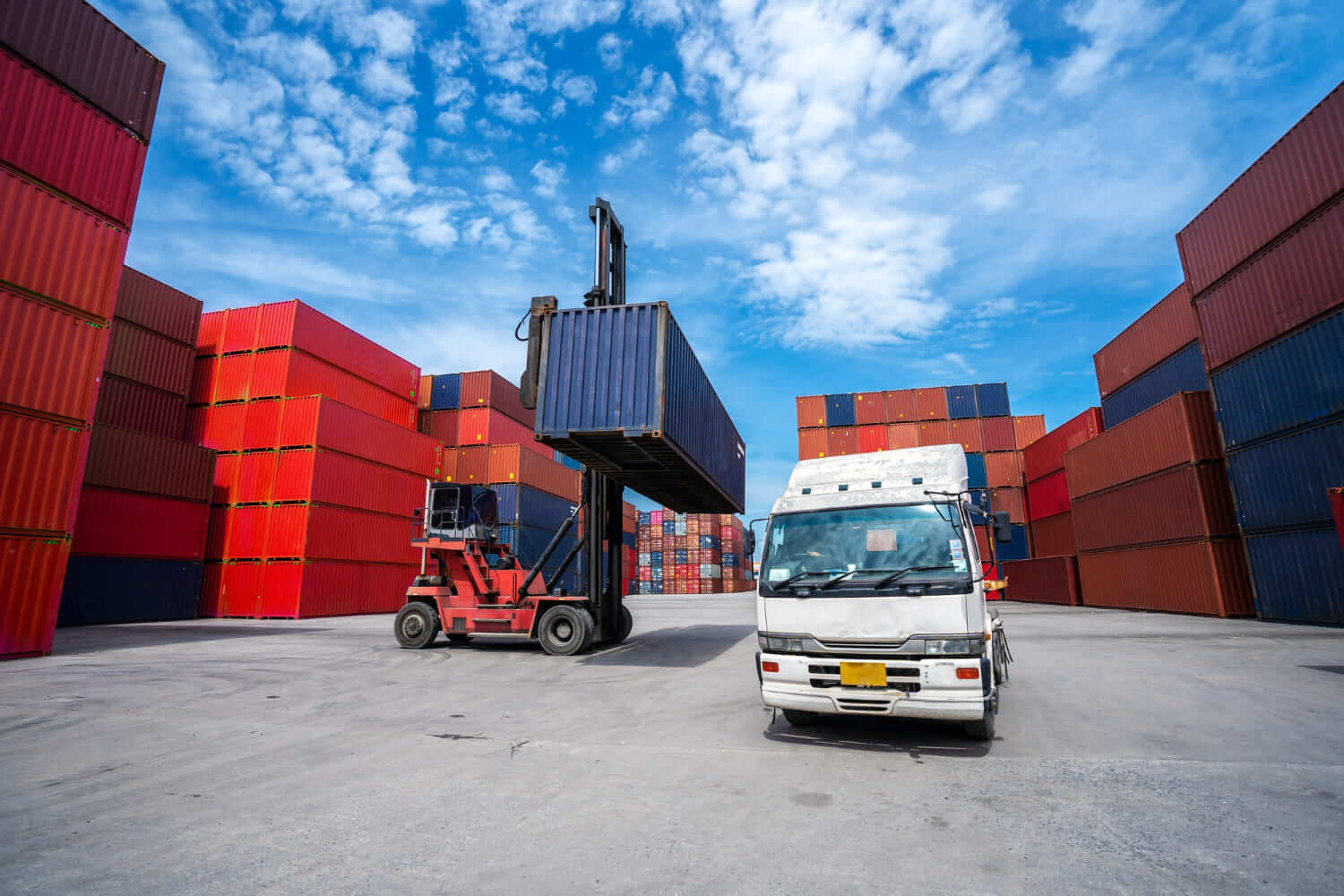Global logistics are faced with a complicated situation in view of the different crises affecting goods transport. A perfect storm that threatens to result in generalised shortage.
A year marked by shortage
With maritime transport seriously affected by the scarcity of containers, increasingly longer waiting times in ports and road transport blighted by a lack of lorry drivers, many companies are turning to rail and air transport as alternatives for their shipments.
The road transport sector is facing a critical situation due to the dearth of lorry drivers. Many professionals are leaving the business with nobody to take over from them. In this post-pandemic panorama, a moment of high work demand has coincided with a lack of professionals.
In the United Kingdom, Brexit has aggravated this haulier crisis and the situation is such that a study is being made of the possibility of enabling cabotage by European hauliers as an exceptional measure to relieve the shortage.
As for maritime transport, the high offer and shortage of space and containers has led to heavy surcharges on freight. Added to this situation is the delay due to long waits at some of the world’s most important ports, such as those of Los Angeles and Long Beach.
At the end of the day, both sea and road transport are suffering a saturation that seems unlikely to have a solution in the short term. Faced with the risk of shortage, the time has come to diversify and look for other transport alternatives.
Air transport and the e-commerce revolution
Air transport is an increasingly more sought-after alternative in a panorama of hyper-globalisation where customers demand ever-faster delivery times. While transporting goods by air has the strong disadvantage of higher cost, its speed in taking a product from origin to destination is unbeatable.
That’s why the aeroplane is the best alternative for perishable products like fresh foods and pharmaceutical products. It is also used to transport high value products due to guaranteeing a shorter transit time.
Air transport is a rising market, thanks to the popularisation of e-commerce, where horizons of strong growth in cargo volume are envisaged. IATA calculates that in 2022 demand will overtake pre-pandemic figures by 13%, with income reaching US$169 billion.
But air transport poses a number of challenges. The sector is working to achieve net zero carbon emissions by 2050, promoting the use of sustainable fuels and incorporating new energy sources, such as electricity and hydrogen.
Rail transport, reliability and low emissions
Rail transport isn’t exactly a newcomer to the goods business. However, thanks to the development of increasingly better connected rail corridors, it is destined to relieve road transport of an enormous weight in coming years.
Not only is the railway a more efficient means of transport which performs better when meeting deadlines. It is above all outstanding for its high potential to reduce greenhouse gas emissions and to improve the efficiency of land transport. An excellent quality that will help to bring goods transport into line with the EU climate targets.
The Spanish Government therefore aims to foster the transport of goods by rail thanks to “Mercancías 30”, a plan to support the sector which includes investments in infrastructure, digital transformation and subsidies for companies amounting to more than 8 billion euros.
The initiative, part of the Recovery, Transformation and Resilience Plan, seeks to promote intermodal transport while tripling the ratio of Spanish goods transported by rail, climbing to 10% in 2030 compared to today’s 3%.
Load transport customised to suit your needs
At Bilogistik we know the importance of adapting the method of transport to the needs of your load and the market situation. We will take care of studying the best alternative for sending your shipment to its destination, adapting to deadlines and costs and always guaranteeing complete safety. Get in touch with us and we’ll draw up the best plan for transporting your goods.


